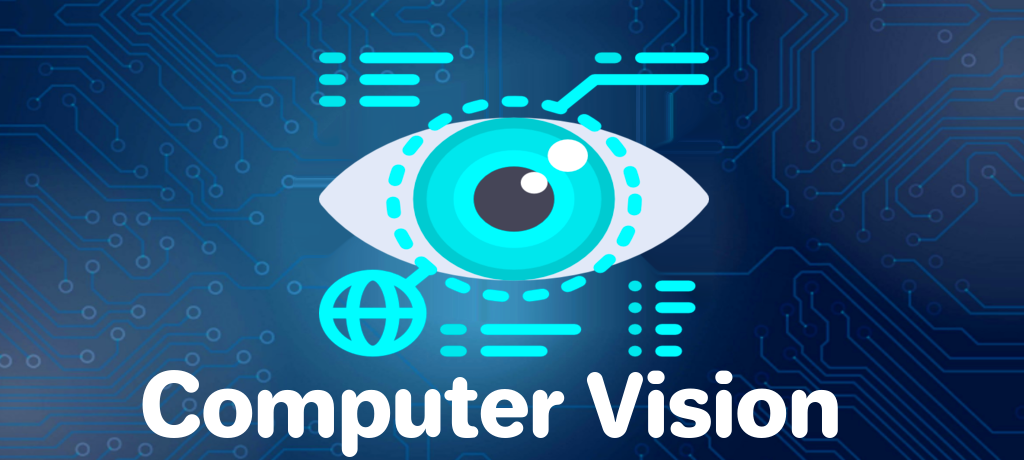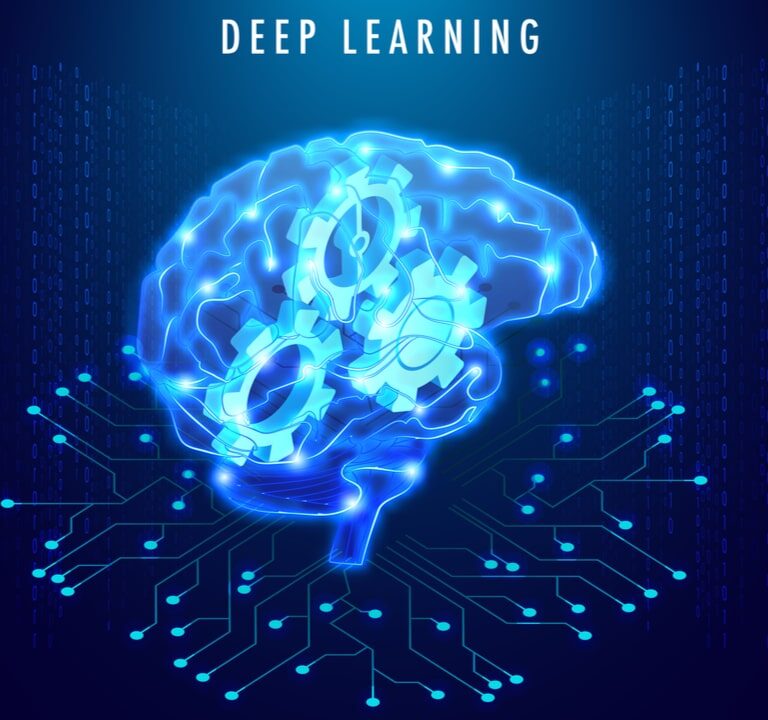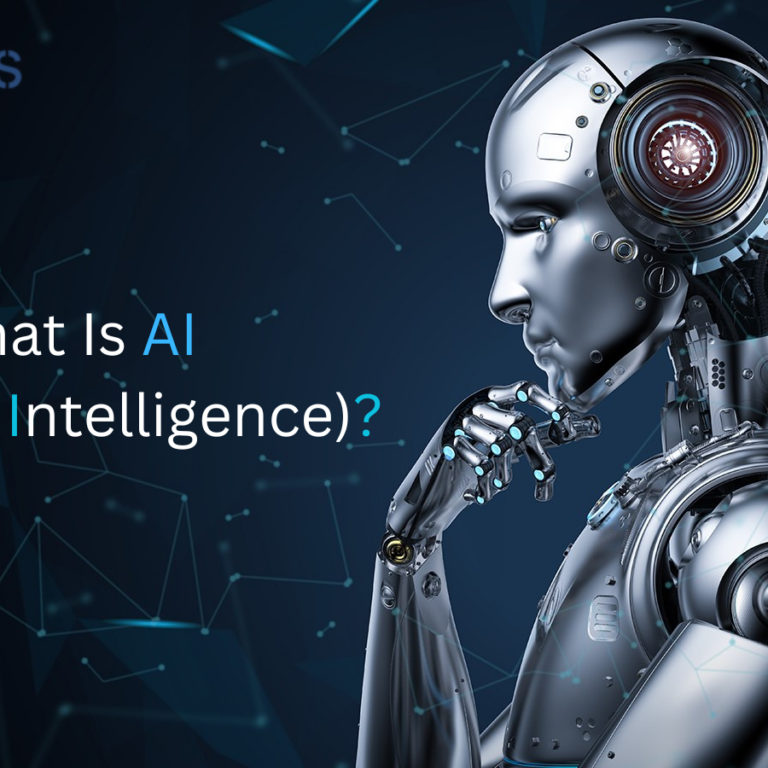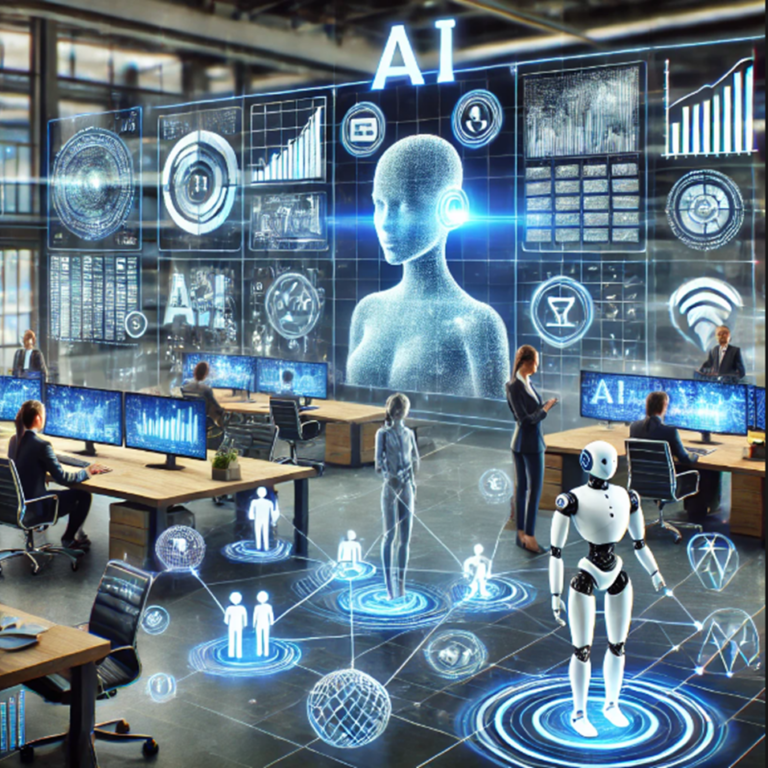
In the ever-evolving landscape of technology, artificial intelligence (AI) continues to push the boundaries of what machines can achieve. Among the many branches of AI, computer vision stands out as one of the most exciting and impactful. But what exactly is computer vision AI? How does it work? What is its history, and where is it being applied today? Here, we will explore these questions in detail.Computer vision is a field of artificial intelligence that trains computers to interpret and make decisions based on visual inputs from the world. Think of it as giving machines the ability to see and understand images and videos just like humans do. This technology enables computers to identify objects, people, scenes, and activities in images and videos. The applications of computer vision are vast, ranging from simple tasks like scanning barcodes to complex ones like autonomous driving.
How Does Computer Vision Work?
The process of computer vision involves several key steps:
- Image Acquisition: The first step in computer vision is capturing visual data using cameras or sensors. This data can come in various forms, including still images, video footage, or real-time streams. The quality and resolution of the visual data are crucial for accurate analysis.
- Image Processing: Once the visual data is captured, it undergoes preprocessing to enhance its quality. This might include adjusting brightness, contrast, and removing noise. Techniques such as filtering and normalization help prepare the data for further analysis.
- Feature Extraction: After preprocessing, the next step is to identify and extract significant features from the image. Features can include edges, textures, colors, and shapes. Techniques like edge detection, corner detection, and texture analysis are used to highlight important aspects of the image.
- Object Detection and Recognition: The extracted features are then used to detect and recognize objects within the image. This involves identifying specific patterns and comparing them to known models. Advanced algorithms, particularly deep learning models like convolutional neural networks (CNNs), play a crucial role in accurately recognizing and classifying objects.
- Decision Making: Finally, based on the recognized objects and their context, the computer makes informed decisions or performs specific actions. For example, in autonomous vehicles, recognizing a pedestrian would prompt the car to apply the brakes. In security systems, identifying an unauthorized person might trigger an alarm.
A Brief History of Computer Vision:
The journey of computer vision began in the 1960s when researchers started exploring ways for machines to interpret visual data. Early experiments were rudimentary, focusing on simple tasks like recognizing handwritten characters. These initial efforts laid the groundwork for future developments.
In the 1980s and 1990s, significant advancements were made with the development of more sophisticated algorithms and the advent of digital image processing. Researchers began to understand the importance of feature extraction and pattern recognition. However, it was the rise of deep learning in the 2010s that truly revolutionized the field. Deep learning models, particularly CNNs, dramatically improved the accuracy and efficiency of image recognition tasks. These models could learn from large datasets and identify complex patterns with high precision.
Today, computer vision is an integral part of many AI applications, thanks to continuous advancements in machine learning, computational power, and the availability of vast datasets. Researchers and engineers are constantly pushing the boundaries, exploring new techniques, and improving existing ones.
Applications of Computer Vision:
Healthcare and Medical Diagnostics:
Computer vision is playing a transformative role in healthcare by significantly enhancing medical diagnostics and treatment processes. By leveraging advanced image analysis, computer vision can detect diseases at an early stage, which is crucial for conditions like cancer, where early detection can dramatically improve patient outcomes. For example, AI models can analyze medical images such as X-rays, MRIs, and CT scans to identify tumors, fractures, and other anomalies that might be missed by the human eye. Moreover, computer vision assists in surgeries by providing precision guidance. Robotic surgery systems use visual data to guide instruments, ensuring minimal invasiveness and higher accuracy, leading to better patient recovery rates. This technology is also utilized in monitoring patient conditions, automating the detection of symptoms, and streamlining the diagnostic process, thereby reducing the workload on medical professionals and increasing the accuracy of diagnoses.
Automotive and Retail Industries:
In the automotive industry, computer vision is a cornerstone of the development of autonomous vehicles. It allows self-driving cars to detect and respond to their surroundings, ensuring safe navigation by recognizing pedestrians, other vehicles, road signs, and traffic lights. This technology is also crucial for advanced driver assistance systems (ADAS), which enhance vehicle safety through features like lane departure warnings, automatic emergency braking, and adaptive cruise control.
In the retail sector, computer vision has numerous applications that streamline operations and enhance the customer experience. Automated checkout systems, for example, use computer vision to recognize items and charge customers automatically, reducing the need for traditional checkout lines. This technology also improves inventory management by monitoring stock levels, detecting when items are running low, and even identifying misplaced products. Additionally, computer vision analyzes customer behavior through video feeds, helping retailers understand shopping patterns, optimize store layouts, and create personalized marketing strategies based on customer preferences and behaviors.
Security, Agriculture, and Entertainment:
Computer vision significantly enhances security and surveillance by enabling intelligent systems that can detect suspicious activities, recognize faces, and monitor large crowds effectively. These systems can identify potential threats in real-time and alert security personnel, thereby increasing public safety. Facial recognition technology is widely used for secure access control, ensuring that only authorized personnel can enter restricted areas.
In agriculture, computer vision boosts productivity and efficiency by providing real-time data for crop monitoring, disease detection, and yield estimation. Drones equipped with cameras can survey large fields, capturing detailed images that help farmers monitor the health of their crops, identify signs of disease or pest infestations, and make informed decisions about irrigation and fertilization. Automated harvesting robots use computer vision to identify and pick ripe fruits and vegetables, reducing labor costs and increasing efficiency.
The entertainment industry leverages computer vision for creating immersive experiences through augmented reality (AR) and virtual reality (VR). These technologies overlay digital content onto the real world or generate entirely virtual environments, providing users with interactive and engaging experiences. In filmmaking, computer vision is used for motion capture, where actors’ movements are recorded and translated into digital characters, creating lifelike animations. It also enhances visual effects, enabling the creation of realistic and captivating scenes in movies and video games, pushing the boundaries of what is visually possible.






